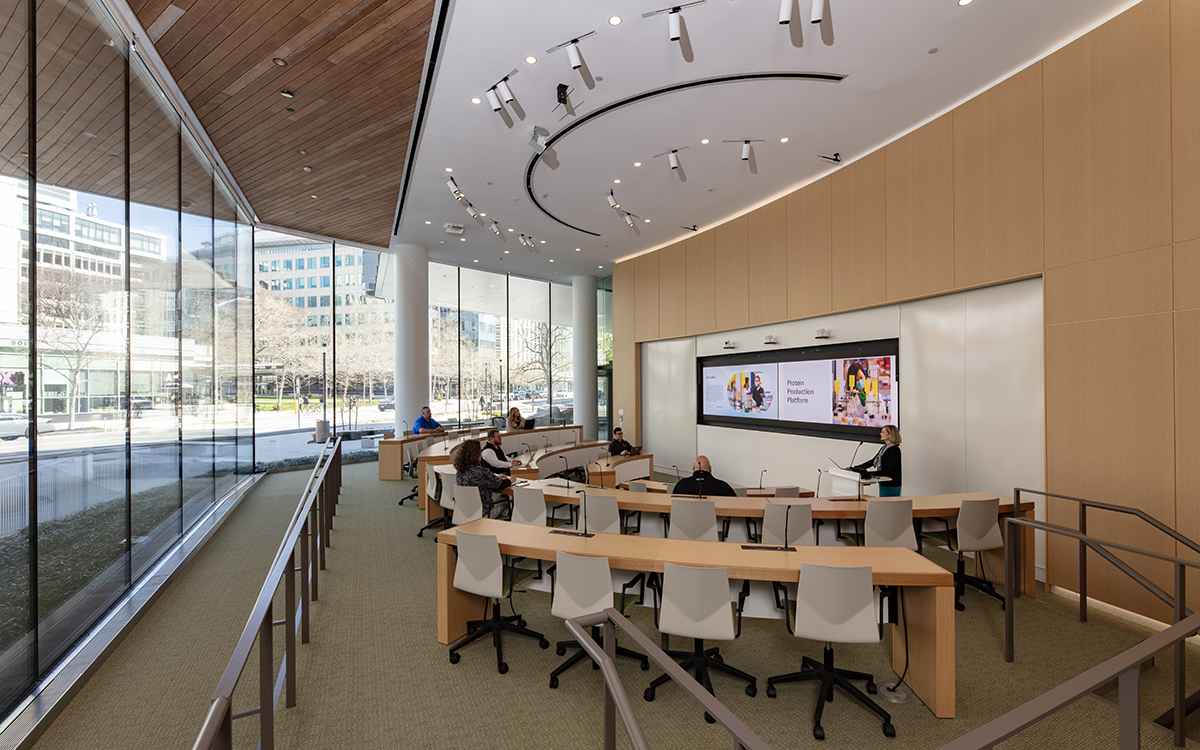The trend towards addressing wellness at work has broadened; today the focus is on wellbeing at work. It’s a subtle shift, but the idea is that wellbeing goes beyond things like ergonomics and encompasses the cognitive and the emotional aspects of being “well”. Employees that are static, overloaded with information, and feeling constantly stressed are not creative individuals. And creativity fuels innovation, something that organizations need to succeed in the global economy. With so much time spent “at work” and the huge impact of technology on our lives, it becomes imperative for employers to seriously consider these three distinct types of wellbeing when planning a workplace:
Physical Wellbeing
Static sitting can cause slowed metabolism, neck pain, back pain and reduced concentration, impacting mental and cognitive abilities. Engaging the body in movement is essential for supporting physical and mental vigor at work. Changing posture stimulates the mind. Employees are working longer hours, so it’s critical to offer a variety of indoor and outdoor spaces that offer posture choices and encourage walking to create energy. And as the makeup of the workforce changes, we need to understand how to support each of the generations at work.
Cognitive Wellbeing
Information is coming at us at an intense pace. On top of that, our workplaces have become increasingly compressed and the open plan presents constant distractions. Our thinking is interrupted as often as every three minutes. Even brief interruptions of just a few seconds cause us to make twice as many mistakes. And after our focused work is interrupted, it can take up to 23 minutes to get back into flow—the state of being deeply absorbed in our work and focused. Creating spaces that support focus, respite and relaxation during the work day are essential to cognitive wellbeing.
Emotional Wellbeing
Neuroscientists have learned that the quantity and quality of social interactions have significant impact on our wellbeing. When people don’t have enough quality interactions, they become more disengaged, which makes it harder to collaborate, innovate, solve problems and be open to change. Therefore, it’s critically important to ensure that people have meaningful connections to others, and understand that, wherever they are, they are valued in the organization. Creating a ‘social hub’ in the form of a work cafe can revitalize the culture of an organization and encourage employees to connect and collaborate.






